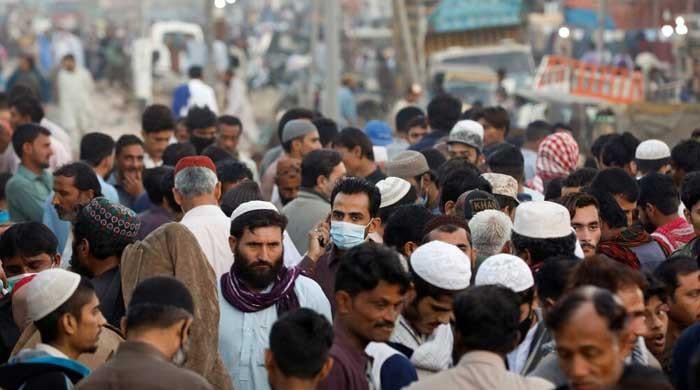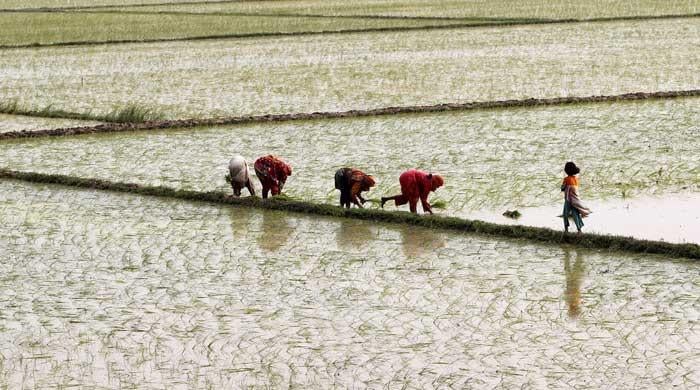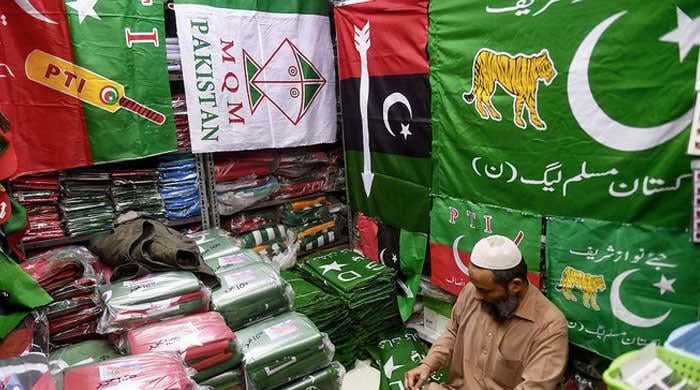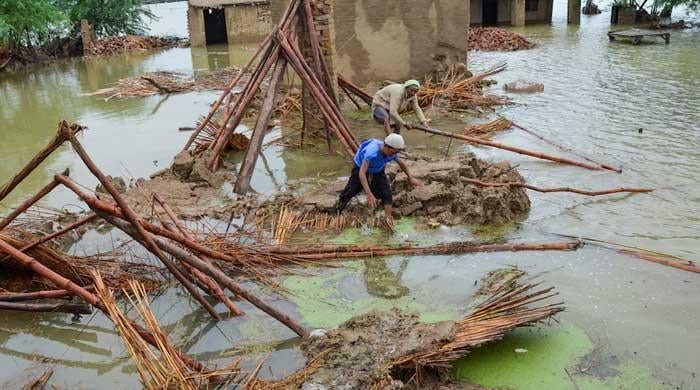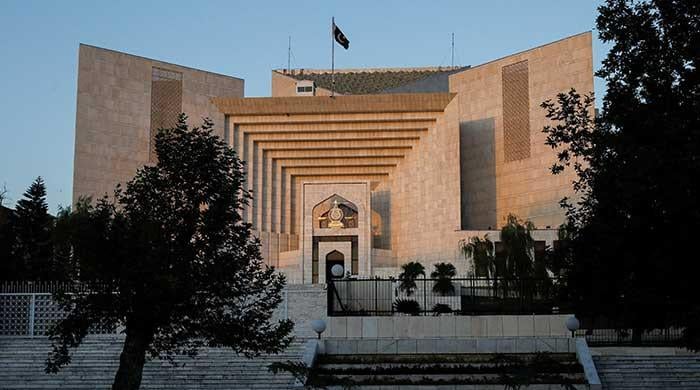What the FRLD means
FRLD must avoid becoming a carbon copy of older, slower institutions
October 18, 2025
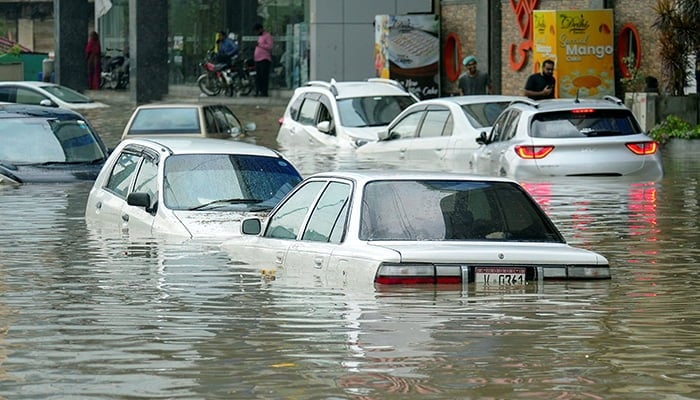
The seventh board meeting (B7) of the Fund for Responding to Loss and Damage (FRLD) over a week ago in Manila, came hard on the heels of twin typhoons and an earthquake in the Philippines.
For Pakistan, a country still reeling from the 2022 ‘super floods’, hammered again by the 2025 monsoon inundations and strained by extreme heatwaves, glacial-lake outburst risks and deadly cloud-burst urban flooding, the question is no longer whether FRLD matters. It is whether Pakistan can meet the fund at speed with credible, people-first proposals.
On substance, B7 converted ambition into architecture. This time around, the Board approved a defined project cycle to move requests from submission to decision. It adopted funding criteria and eligibility rules to keep proposals within the fund’s loss-and-damage remit rather than generic development.
It has also set interim accreditation so reputable national or multilateral entities can submit proposals now rather than wait years for a permanent regime. And it endorsed access modalities that spell out how governments and partners will draw resources.
Together, these decisions switch on the Barbados Implementation Modalities (BIM): a two-year, $250 million, grant-only start-up window, with individual initiatives of $5 million to $20 million and 50 per cent ring-fenced for Small Island Developing States (SIDS) and Least Developed Countries (LDCs).
Whereas, at present, the voluntary pledges hover around $788 million to $790 million, though a smaller fraction is legally signed and less than half received. The secretariat now has a mandate to chase the “billions” required for scale.
The timetable is finally clear. The FRLD will launch a call for funding requests at COP30. Countries will then have five to six months to submit proposals using standardised templates, terms of reference, and assessment methods the secretariat is preparing now.
If proposals meet the criteria, first approvals are targeted for April 2026 at the next board meeting in Zambia. That cadence answers a long-standing critique that FRLD lived too much in principle and too little in practice.
Present on the occasion, while witnessing the developments, civil society campaigners who pushed for decades to birth the fund welcomed the startup, yet they voiced that B7 installed an overly traditional, slow project cycle, a multi-month review, three board sittings a year, and heavy documentation, when the fund was conceived to save lives within 24-48 hours.
Civil society rightly pointed towards the historical slow, bureaucratic drift and mundane cycles that smother innovation. Similarly, their scepticism about loans and capital-market fixes was well founded as it unambiguously mismatched to the justice claim of loss and damage.
They also called on major emitters to fill the fund, invoking the International Court of Justice’s (ICJ) view that states have obligations to prevent transboundary harm and cooperate through finance and technology.
Another well-founded warning that the nine-page access decision and annexes risk entrenching intermediaries rather than enabling direct support became a clear call to action. Numerous stakeholders also urged an unequivocal commitment to grant-based finance, rejecting reliance on capital-market instruments or loans as inequitable for countries repairing harms they did not cause.
Others pressed the FRLD to elevate non-economic losses – such as girls’ lost schooling when latrines and Menstrual Health Management facilities are destroyed, displacement-related trauma, cultural-heritage loss and heightened Gender Based Violence (GBV) risks, so they weigh as visibly in appraisal and scoring as physical works such as roads and culverts.
Whether or not one accepts every critique, the centre of gravity is undeniable: a fund created to serve people on the front lines must be judged by speed, inclusion and real-world protection – not by the elegance of its paperwork. The commitments must translate into timely action and the FRLD must avoid becoming a carbon copy of older, slower institutions.
For Pakistan, the critiques map to a lived reality. The 2022 floods flattened livelihoods along the Indus; 2025’s monsoon repeated the ordeal. Heat domes now threaten mass-casualty events in dense city-slums where cooling centres, water and primary care are scarce. In the north, augmented melt has multiplied GLOF risks while cloud-bursts turning streets into torrents looks like a new-normal.
The damages are economic, but they are also metaphorical: trust erodes when relief is late; protection risks climb in crowded shelters; learning loss widens. The FRLD’s new criteria must therefore reward people-first packages – WASH, health, education continuity, psychosocial care alongside risk-reducing works, if the instrument is to meet its justice mandate.
What should the FRLD do next? First, create a compound-hazard fast track for the most impacted and most vulnerable nations, facing simultaneous risks such as monsoon, heatwaves, and cryospheric concerns.
For that, eligibility should hinge on credible early-warning systems and ex-ante trigger plans that automatically unlock actions when rainfall, river flow, or heat-index thresholds are breached.
Second, hard-wire non-economic losses into the core scoring rubric, education continuity, mental health and psychosocial support, cultural-heritage protection, GBV risk reduction and critical service continuity.
Third, publish plain-language access maps and guiding briefs that help governments and local partners pick the right modality, understand documentation, and anticipate timelines.
Fourth, build trust with a rolling pipeline dashboard that lists proposals, review stages, typical processing times, and common deferral reasons.
Finally, as the secretariat designs a pathway to “predictable, longer-term billions”, preserve grant integrity for social systems, using concessional guarantee tools only where they genuinely fit risk-reducing infrastructure.
Ultimately, the other half of the bargain rests with the recipient – and for Pakistan, the ball is in our court. We must reach the COP call submission-ready, not merely brainstorming.
A disciplined approach would table at least three flagship proposals: an Urban Heat and Flash-Flood Shield for major cities; a GLOF Lifeline for Gilgit-Baltistan and Chitral; drought, canals and delta management for Sindh–Balochistan. Each concept should weave together economic and non-economic loss metrics, set clear baselines and trigger thresholds, and document co-creation with affected communities.
To make that feasible, the government should name and empower a National Focal Point for the FRLD with authority to coordinate NDMA, PDMAs and line ministries, run a weekly pre-COP ‘war room’ and track readiness, fiduciary clearances and sign-offs.
It should establish a Climate Loss Information System (CLIS) that fuses hydrometeorological feeds, satellite flood layers, disaster-loss registries, health and WASH disruptions, and household databases so proposals are evidentiary on day one. We must unblock fiduciary and procurement pathways now, pre-agreeing standard procurement and third-party monitoring with FRLD channels and pre-signing framework contracts.
The FRLD Board has, at last, given itself permission to act. For Pakistan, whose monsoon calendars are no longer seasons but sirens, the window between COP’s call for proposals and April’s board decisions is a test not just of capacity but of will.
If the fund institutionalises speed with justice, and if government shows disciplined readiness, the next deluge need not become the next disaster. It can be the first proof that a rules-based loss-and-damage safety net can protect lives and dignity, not only roads and levees.
The writer is a climate governance expert. He can be reached at: [email protected]
Disclaimer: The viewpoints expressed in this piece are the writer's own and don't necessarily reflect Geo.tv's editorial policy.
Originally published in The News




